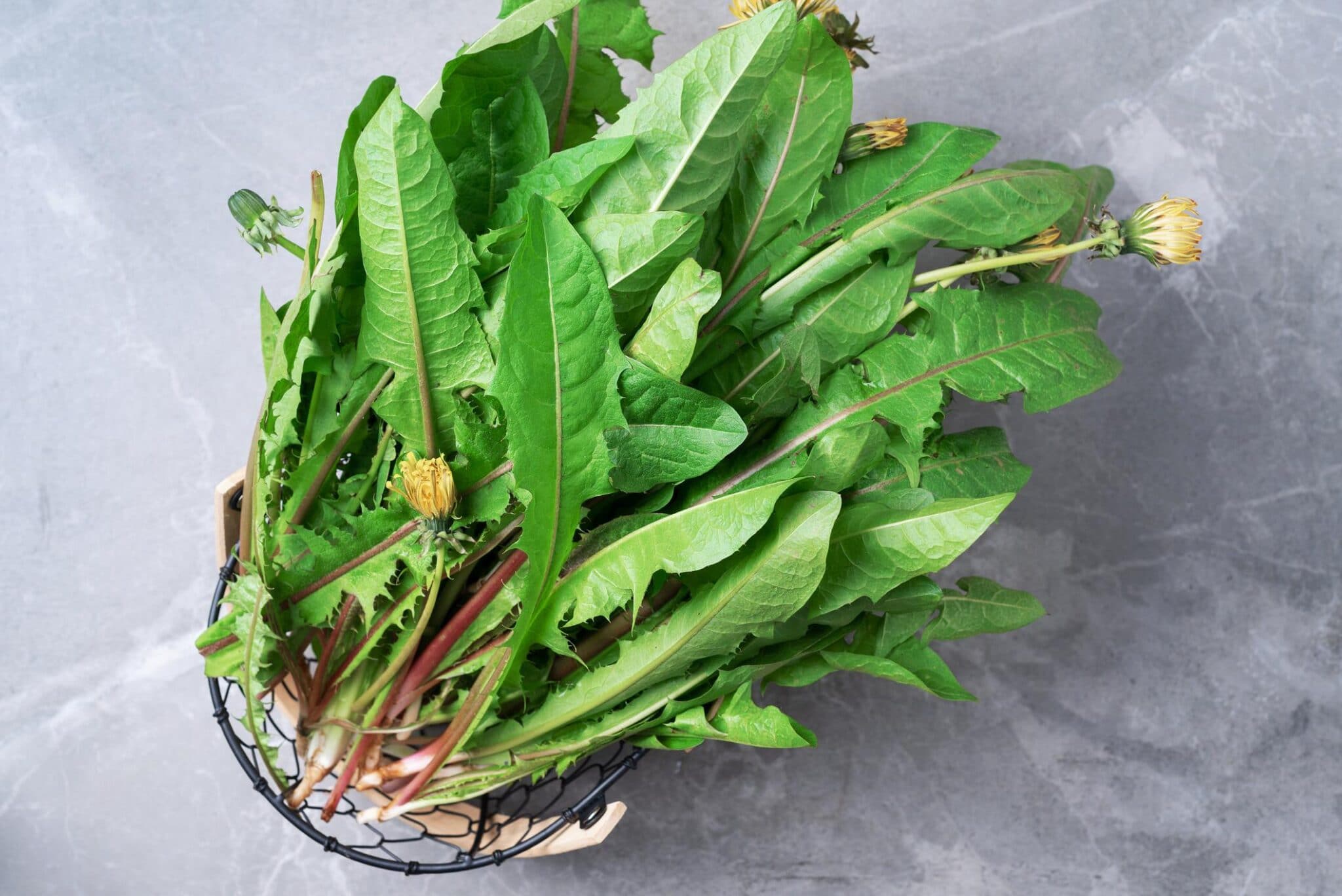
10 Backyard Flowers You Didn’t Know You Could Eat (And How You Can)

Universal Images Group / Getty Images
As the winter weather wanes and we patiently wait for our backyard blossoms to appear, we can look forward to more than just the aesthetic appeal of spring flowers – but also their unexpected uses in the kitchen.
Throughout history, flowers have been both appreciated for their beauty and used for consumption, with the first recorded use of edible flowers in 140 B.C. Various indigenous tribes in North America have a long history of using native flowers for food and medicine, such as rosehips and the leaves and roots of violets; Victorians would prove their refinement by decorating cakes with candied flowers; the ancient Romans were known to garnish their dishes with rose petals, and carnations were a crucial ingredient of Chartreuse, a French liquor made by French monks in the 1600s.
While not as popular in the United States, flowers have a greater place at the table in other parts of the world: chrysanthemums were used in ancient China for pain relief and ceremonial drinks and still hold an important place in Chinese cooking, orange blossom water is a traditional North African beverage, and lotus and papaya flowers have played an important role in Indian cuisine.
Some of the flowers already growing in your backyard might have surprising – and tasteful! – culinary uses. Small flowers frozen into ice cubes are an attractive addition to ice water or cocktails, and candied blossoms – coated in a thin layer of sugar and egg whites – can add both flavor and beauty to desserts. Some flowers can even be fried, added to a salad, or incorporated into homemade ice cream.
Here are a few flowers you might already have growing in your backyard, and how to bring them into your kitchen this spring and summer.
1. Violets
Native to central and eastern North America, both the leaves and flowers of common blue violets can be eaten (the leaves are blander, the flowers sweeter).
Violet leaves are comparable to spinach in both texture and taste – containing twice the vitamin C of oranges and twice the vitamin A of spinach – and thus are delicious when cooked or used as a green in salads. Early summer leaves will have a softer, less bitter taste. The flowers too can be added to a salad for sweetness and a bit of color.
Violet flowers are also a delicious addition to desserts; violet sugar and violet flower syrup can preserve the sweet, floral taste from the delicate blossoms, and crystallized violets are an especially beautiful candied topping for desserts.
2. Hibiscus

Marco Verch Professional Photographer / Flickr / CC BY 2.0
The large, florid flowers of the hibiscus plant range in color; white, yellow, pink, and red hibiscus can be found in tropical and subtropical environments, and are used both ornamentally and for medicinal and culinary purposes.
The tart petals of the flowering roselle plant (Hibiscus sabdariffa)– native to parts of Africa, Asia, and India – are commonly used to make an infused hibiscus tea, served either hot or cold. Fresh or dried petals can be steeped in water to create a deep pink tea, made even more delicious by adding honey or lime.
3. Roses
Cooking with roses dates back to the Greeks, Romans and Persians, and is relatively common, given the many ways they can be eaten – and, of the 150 different rose varieties, all of them are edible! The sweet flavor is more pronounced in darker varieties, especially if the bitter center is removed.
Fresh petals are great for infusing honey or vinegar, garnishing a salad, mixing into fruit-laden water, or stirring into butter for a colorful spread. Rose-flavored desserts often call for fresh or dried petals, and homemade rose jam is a striking floral spread on fresh bread or biscuits. Petals can also be candied for cake toppings, dried for tea, or even added to granola for a sweeter taste and more aesthetic appearance.
Rosewater is a common phenomena – known for its soothing aroma and many health benefits – but try rosewater syrup for a stronger, sweeter flavor in spring cocktails, like a classic, pre-dinner rose and cucumber Collins.
4. Pansies
Pansies have a “wintergreen,” lettuce-like flavor, and are a colorful garnish for savory dishes – even pasta! – and fruit bowls alike. Their rather nondescript taste means you can use them rather generously in a pansy salad or a spinach quiche.
Pansy desserts like shortbread or cakes highlight the beauty of the flowers, and when candied for a dessert decoration or a floral snack, pansies can keep their shape and taste for up to a year.
5. Dandelion

jchizhe / iStock / Getty Images
Dandelions are believed to have been brought to North America on the Mayflower and have since been a common, sunny fixture in American backyards. While many view dandelions as a nuisance, the flowers have been revered for their health benefits throughout history – including in traditional Chinese medicine – and are packed with vitamins.
Along with more common dandelion green salads – an oft-prepared meal during the Great Depression – a delicious dandelion wine can be brewed from these under-appreciated weeds. The drink (believed to be of Celtic origin) was once lauded for its therapeutic effect on the kidneys and digestive system. Typical dandelion wines combine sugar, acid of some kind, and other typical wine-making ingredients with the petals to create a rich, sweet, drink. Recipes call for different amounts of petals per gallon of wine (some only 2 quarts, or sometimes up to an entire gallon) so you can choose which version to pursue based on your yard’s dandelion yield.
Dandelion honey is also a popular vegan alternative to the traditional honeybee variety.
6. Daylily
Daylilies have been cultivated and used in Asian countries for millennia, and began spreading throughout Europe during the 1500’s-1800’s. In Chinese cuisine, dried lily buds – also known as gum jum choi, or “golden needles” – have been used for food and medicine for over 2,000 years.
The buds and flowers of daylilies taste, surprisingly, like asparagus, and can be stuffed and made into fritters, or added to soups and stir-fries. For a starchier option, dig up the roots to be baked, boiled, or prepared any way you would asparagus or celery. The roots – at their best in the late fall and winter – can even be served as a side dish in place of potatoes.
Daylilies are toxic to pets, so make sure to keep your plate to yourself.
7. Marigolds (Calendula)

HMVart / iStock / Getty Images Plus
Note: Flowers of Tagetes marigolds are not edible, but those of Calendula are.
The peppery taste of Marigolds (Calendula) paired with their vibrant hue makes for a flavorful pop of color in iced teas, a summer salad, or a buttery spread. They can even be incorporated into pastas or cookies, making them one of the more versatile edible backyard flowers.
8. Lavender
Originally grown in the Mediterranean and northern Africa, lavender has a very distinctive aroma and is a delicious addition to both sweet and savory dishes. Either fresh or dried, the flower can be used in liqueurs, infused syrups, baked goods, and herbal mixtures/teas, or even incorporated into plum-colored cocktails.
Chocolate pairs especially well with their aromatic flower, and many lavender cake recipes call for fresh sprigs as an ingredient or edible garnish, perhaps served with a side of vanilla-lavender ice cream. Berries, citrus, and savory herbs are also excellent partners to lavender, leaving ample options to integrate it into your culinary repertoire.
9. Nasturtium
These red, orange and yellow funnel-shaped flowers can be enjoyed either raw or cooked, and have a slightly spicy, peppery flavor (think watercress), although the greens carry a slightly stronger flavor than the blossoms. The flowers and leaves can be tossed with mixed greens for a sweet-and-spicy salad, and the buds and seeds can also be pickled like capers for a tangy snack.
For apartment-dwellers, nasturtiums can be easily grown on a fire escape, readily available to add a dash of flavor to your favorite summer dishes.
10. Lilac
Along with their intoxicating scent, lilacs can be enjoyed in sweet treats by brewing your own lilac sugar, honey, or syrup. Their bright color and lemony taste lends itself well to summery drinks or as an addition to frozen yogurt.
Fresh petals can also be steeped to brew a hot drink reminiscent of earthy herbal teas.
Most flowers can be kept fresh in the refrigerator for up to 10 days when placed on a moist towel and stored in an airtight container.
Before heading outside to harvest, make sure any flowers you’re cooking with are free of chemicals or pesticides. Since roadside blossoms have likely been exposed to pollutants, and flowers grown in nurseries or by florists have probably been treated with chemicals, it’s safest to stick with only those you’ve grown yourself.
Always be sure to thoroughly research any flowers you plan on consuming to determine if they are safe to eat, and remove any inedible elements (stems, pistils, anthers, etc.). If you’re prone to spring allergies, sprinkle those petals sparingly at first.
Flowers have long been a part of edible history. Armed with your new knowledge of efflorescent eating, you can enjoy your backyard garden with fresh appreciation this season!
Linnea graduated from Skidmore College in 2019 with a Bachelor’s degree in English and Environmental Studies, and now lives in Brooklyn, New York. Along with her most recent position at Hunger Free America, she has interned with the Sierra Club in Washington, DC., Saratoga Living Magazine, and Philadelphia’s NPR Member Station, WHYY.
- 5 Ornamental Plants You Didn't Know Were Edible - EcoWatch
- 7 Smokable Plants You Can Grow That Aren't Marijuana - EcoWatch

 233k
233k  41k
41k  Subscribe
Subscribe 